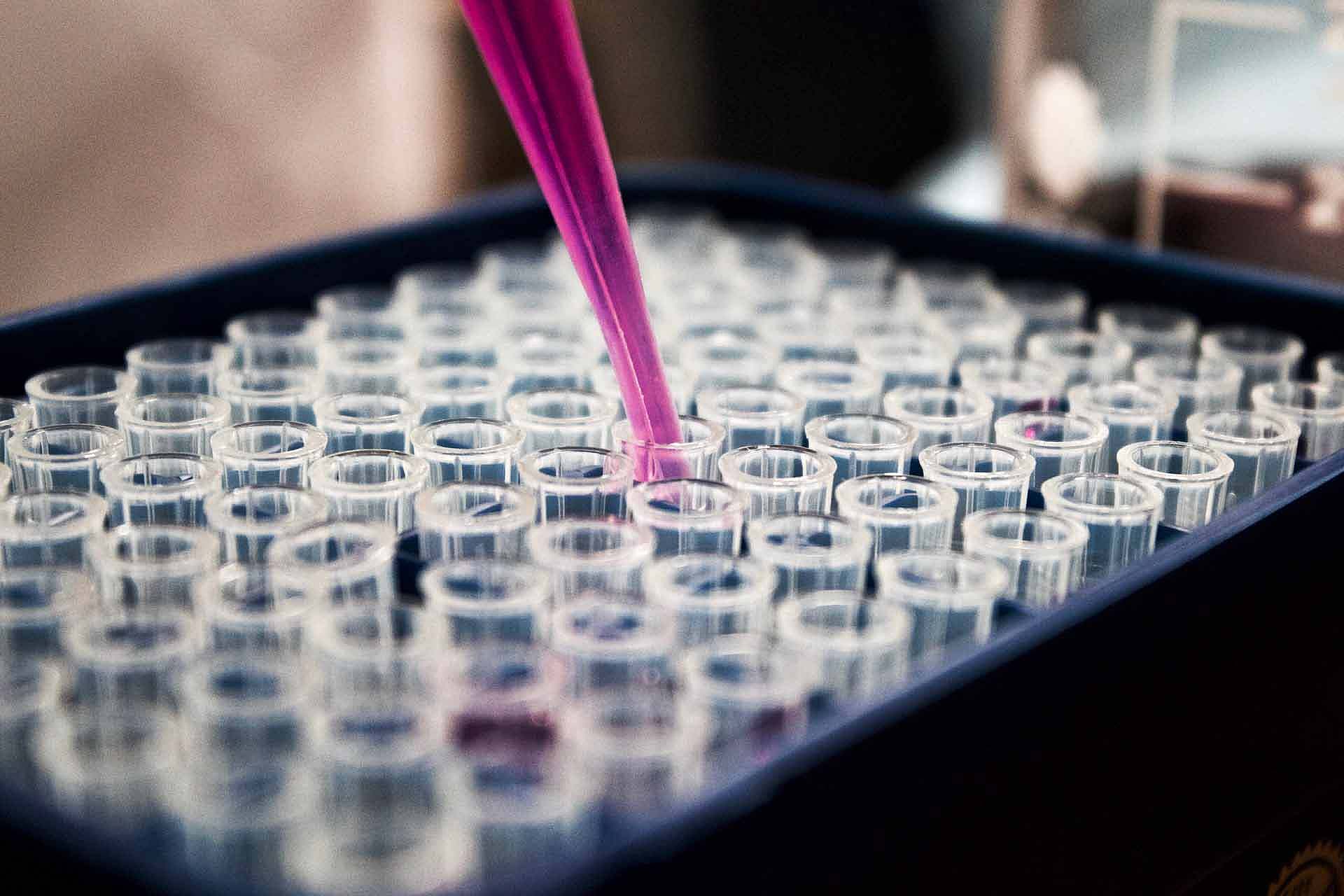What is a COA?
The certificate of analysis (COA) has become a common document in the world of cannabis business and technology. It is a sign that hemp-derived cannabinoids like CBD are common in most of the country, including states without organized medical or adult use cannabis programs. This article will look at what a COA is all about.
You can find them on the website of every seed producer, retailer, and wholesaler of cannabis products: a specific form, or certificate, that is a database representing a particular product’s chemical basis. Database just means that it holds and presents information.
The layout and details of a certificate of analysis may vary, but the purpose is the same. It is a document associated with a cannabis derived product, “attesting to its laboratory analysis for cannabinoids and in some cases adulterants, heavy metals and pesticides, mold, etc. [1].”
That’s the scope we are concerned with in this article, but the word COA is applicable to more than cannabis products. Generically, it is ”a document containing test results that are provided to the customer by the supplier to demonstrate that product meets the defined test [2].” As such it could be used as a proof of specifications for any product, but it is generally associated with manufactured products like food, chemicals, research products, and pharmaceuticals. The COA benefits customers and producers alike.
Note that it can also mean certificate of authenticity, which is a similar proof or way to address confirmation of a product’s source of manufacturer. A certificate of authenticity may then be associated with consumer goods, computer software or hardware, art, antiques, sports memorabilia, collectible items, etc.
So the COA ensures a certain quality of produced goods, it is a quality assessment to make sure that the purity, potency and safety of the product from a manufacturer is within its specification range. A COA may seem to be primarily customer-facing but it benefits customers and producers alike. Customers and producers can both have confidence that what is claimed on the packaging is in fact true, connecting both parties to measurable standards on which to base business and interaction.
What should be on a COA?
A certificate of analysis can come in a variety of formats but generally includes similar identifiable features. We can break them down to three basic components: first the top or header section, second the body section, and third the bottom or footer section of a COA.
Typically a COA form will have a top section to identify the lab doing the testing, the name of the company whose product is being tested, the product sample that is being tested, and a particular batch identifier. A date of testing, or a date of issuance of the COA, is also common.
Skipping to the bottom, the end of the COA or footer area will usually have info about the testing facility. This can include the lab’s official seals or signatures of approval, and/or elements like address, contact info, licenses, notes, and disclaimers.
The header and footer of the form contain crucial identification and functional elements that make the COA official and operational. If a QR code (quick response code) is included it may be in the header or footer too. QR codes are simply barcodes that have fast machine readability by smart phone cameras, so they have become popular linking tools since their invention in 1994 [3].
 Reading results on a COA
Reading results on a COA
The body of the COA has the information about what was tested for, a chemical for example, and shows what the results of the tests actually were. Cannabinoid potency is very often the first set of results on the COA. Results of most interest, like potency or “total THC” or “total CBD,” may also be included as a sidebar or separate area. You should see many of the top 10 common cannabinoids represented on the COA. Each cannabinoid found in the sample will be listed, generally in order of amount found, highest to lowest.
LOD and LOQ
Each compound’s line will have a LOD and LOQ number. Limit of detection (LOD) and limit of quantitation (LOQ) are parameters used to validate analytical methods [4].
LOD is the smallest amount of concentration of an analyte in the sample that can reliably be distinguished from zero.
LOQ is the lowest concentration of the analyte that can be determined with an acceptable repeatability and trueness.
These two measurements work together to establish a signal-to-noise ratio—in overly basic terms, to determine what amount of a compound is minimally-measurable, vs. the ability of the instrument to accurately minimally-measure said compound [5]. Suffice it to say that LOD and LOQ are important testing factors in lab analysis and COAs.
Some COAs also include a measurement of uncertainty, letting you know the variability of a test’s accuracy. This is generally expressed as a “plus/minus” amount or percentage. The actual measurement may be above or below the listed measurement by the acknowledged amount.
Mass vs. percent
Results for each cannabinoid or other compound will commonly be given in a measured amount of weight, and in percentage of the total product weight of tested samples. Both are important, and especially for certain hemp derived cannabinoids.
Now you know about COAs
COAs keep producers and consumers on the same page regarding what is and isn’t in each product. Computer software technology speeds up the testing and dissemination of the data, giving retailers and end consumers easy access to information about which cannabinoids and other compounds are present in a product.
You can now use your knowledge to explore the COAs of your favorite products in more depth, and to be better informed about future products.
Disclaimer – Information is provided for educational purposes. It does not, and is not intended to, constitute legal advice or medical advice. We attempt to be accurate and up to date but the legality of cannabinoids and the science of cannabis is evolving. The author is neither a lawyer or a legal expert, nor a doctor or medical expert. You should check with your local authorities and medical providers before buying or using any products.
References
- https://en.wikipedia.org/wiki/Certificate_of_analysis
- https://asifood.com/food-safety-terms-conditions/
- https://en.wikipedia.org/wiki/QR_code
- https://bitesizebio.com/48459/excel-lod-loq/
- https://juniperpublishers.com/omcij/pdf/OMCIJ.MS.ID.555722.pdf
Frequently Asked Questions
Is it legal to send CBD related products through the mail?
Yes, but even though these products are federally-compliant, individual states may have their own regulations about purchasing or using hemp-based products, and these are subject to change. You should check your state and local rules before ordering. We ship nationwide.
Will CBD products show up in a drug test?
There is a risk of failing a drug test. It depends on the type of CBD product one is using. Drug tests for marijuana generally identify THC or its metabolites. Although tests do not screen for CBD, full spectrum CBD products contain low quantities of THC that can make a person fail a drug test. If you anticipate taking a drug test, we suggest checking with your employer or test administrator for clarity prior to taking full spectrum CBD products.
Do you get high off of CBD?
High CBD, low THC cannabis can produce a range of effects from clear-headed alertness & energy to calm & relaxation. CBD is not psychoactive and is used for effects of its own.
The strength of the effects on a particular person will be different depending on a few things: the dosage level, body weight, food or other substances in the system, personal body chemistry, and experience level with cannabis products.
How do I know how much is the correct dosage of CBD?
The strength of the effects on a particular person will be different depending on a few things: the dosage level, body weight, food or other substances in the system, personal body chemistry, and experience level with cannabis products. High CBD, low THC cannabis can produce a range of effects from clear-headed alertness & energy to calm & relaxation.
Generally speaking, it is recommended that you start with the lowest dose and gradually increase it until you reach satisfactory results. Consult your healthcare provider with specific questions about using cannabinoid products.




